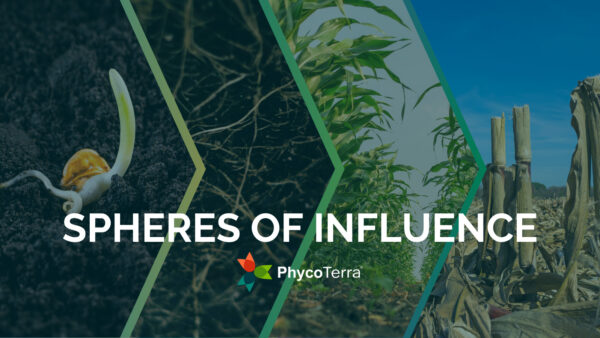The October 29 New York Times article “Doubts About the Promised Bounty of Genetically Modified Crops” uses loaded language to paint an inaccurate, bleak picture of agricultural biotechnology. Yet, the article itself attempts to make this case in a non-transparent manner that, given the lack of background data provided and analytic reasoning, does not support its own claims.
The National Corn Growers Association recognizes that U.S. farmers make the best possible choices for their businesses and the environment using all available data. The fact that our nation’s more than 300,000 farmers have adopted GMO technology on more than 90 percent of their corn acres demonstrates the effectiveness they see in their fields every day. In putting forth that there is no “discernible advantage in yields” provided by GMOs, the author ignores the important role biotech crops played in preserving yield in the face of environmental challenges, such as those seen in the United States in 2010, 2011 and 2012. Farmers, on the other hand, recognize the incredible importance of yield preservation given the innate sensitivity of their livelihood to weather-related events well beyond their control.
In the instance of yield analysis, the author chooses for reasons not provided to use rapeseed data. Yet, when moving on to pesticide claims, he switches without explanation to corn data. Without providing rationale, he blurs the picture and raises doubt about his intentions and the data.
In the section addressing pesticide use, the metrics put forth in the comparison of pesticide usage rates in the United States and France do not give an accurate depiction of how these chemicals are used in each country. The author only includes data for the total usage for two countries with a vastly different amount of land under cultivation, which only demonstrates that U.S. farms use more inputs on a much greater overall area. A better comparison is usage rates per acre or hectare.
Despite citing the National Academies Genetically Engineered Crop Report in his conclusions on yield gains, the author fails to heed the report’s admonition not to simply publish data in terms of total pesticide use or use per hectare. Publishing this type of data without also including insights into the human or environmental risks of the pesticide used misleads readers. Surely we can agree that the toxicity of chemicals is more important than the total amount used, but the NYT omits this information.
Farmers care deeply about the soil, water and air. They not only share these precious resources with their urban and suburban neighbors, they rely upon them year after year. This connection to the land makes us keenly aware of the environmental benefits of adopting biotechnology. From decreasing soil erosion by 67 percent between 1980 and 2011 to reducing greenhouse gas emissions by 36 percent in that period, biotechnology has played an important role in facilitating environmental improvements throughout the agricultural industry.
America’s family farmers strive to continuously improve the viability and sustainability of their farms, and GMO crops are one of many important tools that help them to do so. In choosing to manipulate data on a safe, proven technology, the author puts sensationalism before journalistic duty.












